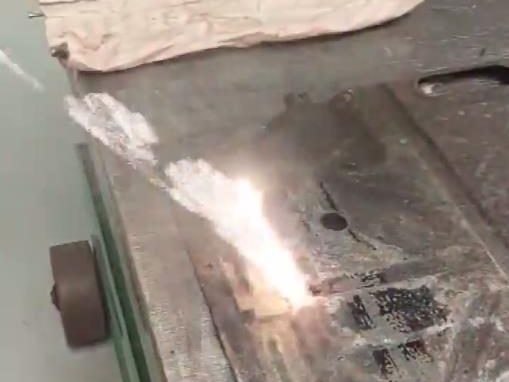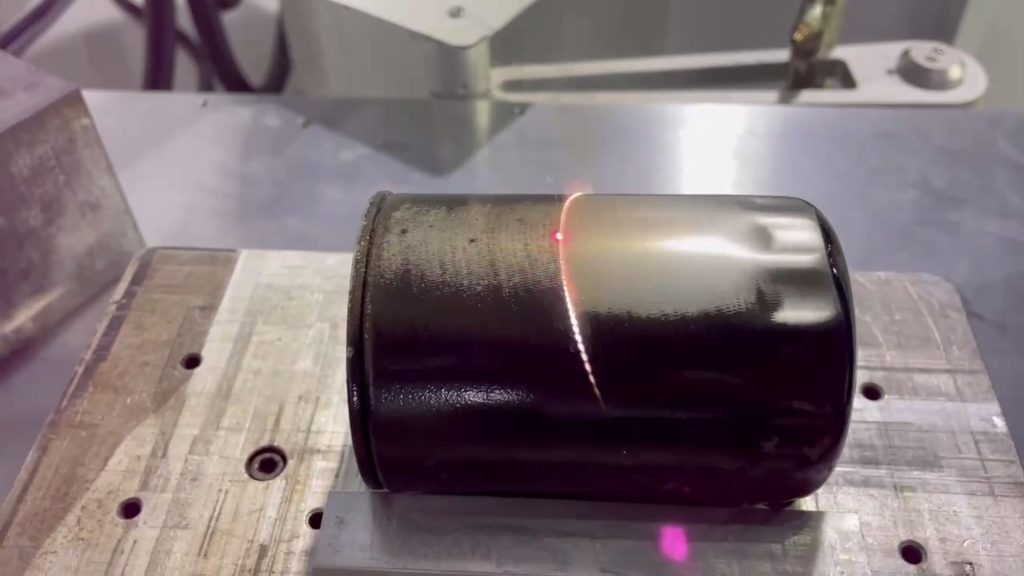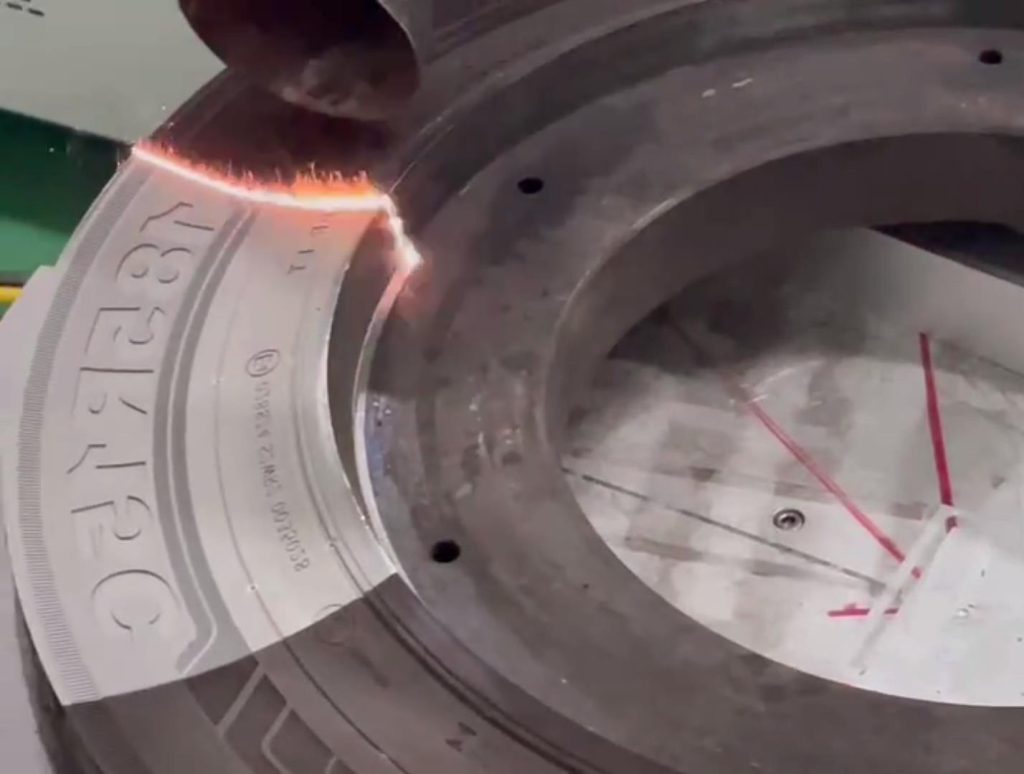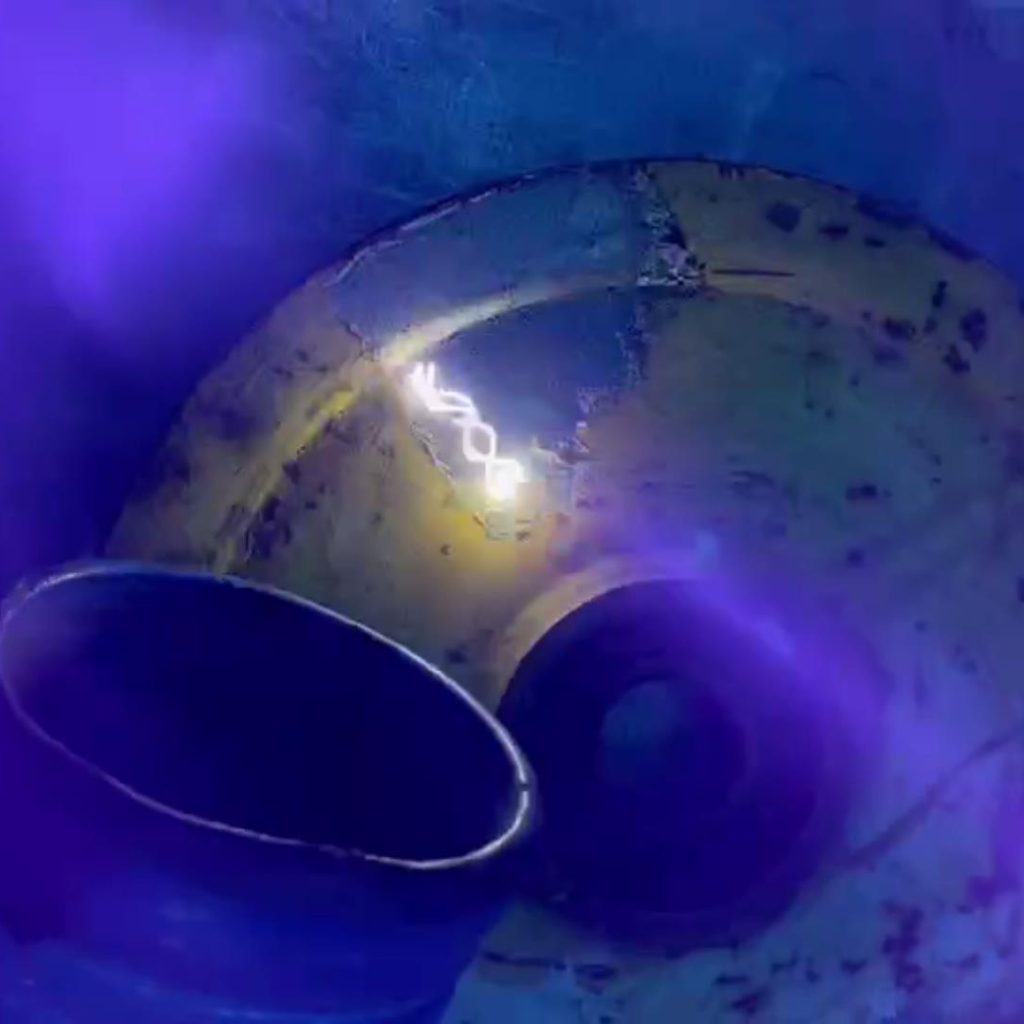In the manufacturing process of automobile tires, molds are very important mechanical equipment. The quality of the mold directly affects the quality of the tire. The surface of the tire mold will have carved patterns or other patterns, and the mold is often used in high temperature and high humidity environments, so there will be a lot of rubber or other residues left in the grooves of the inner carving. After a certain degree, it will affect the shape and structure of the mold and eventually lead to defective products. Therefore, it is particularly important to keep the tire mold clean.
With the continuous development of science and technology, tire mold cleaning technology is constantly being updated. The earliest method is to use high temperature alkaline water to soak the tire mold, which is very useful for small molds, but not suitable for large molds.
Later, people invented the sandblasting method. The raw materials used in the sandblasting method are generally sand, glass beads, etc. However, all sandblasting and cleaning mold technologies have the problem of damaging the mold surface and reducing the service life of the mold, so they are not suitable for use. In recent years, technologies such as chemical cleaning agent cleaning and dry ice cleaning have appeared in the industry, but none of these methods can fundamentally solve the problem of cleaning tire molds. From the perspective of industry development, it is necessary to develop more environmentally friendly, effective and Cost-saving cleaning technology.
Principles and advantages of laser cleaning tire molds
Laser cleaning tire mold technology is a process of using the characteristics of laser high energy, high brightness, and good directionality to destroy the force between the pollutants and the surface of the object, thereby removing the pollutants without damaging the substrate.
Laser cleaning tire mold is a process of selective evaporation of dirt on the surface of the laser cleaning material. Different materials have different absorption rates of laser energy with specific wavelengths. When the absorption rate of the attachments on the surface of the material is greater than the absorption rate of the substrate, the temperature of the attachments can be instantly raised above the melting point and vaporized by laser irradiation. The resulting surface layer interface vaporization phenomenon does not damage the substrate because it does not reach the melting point of the substrate.





